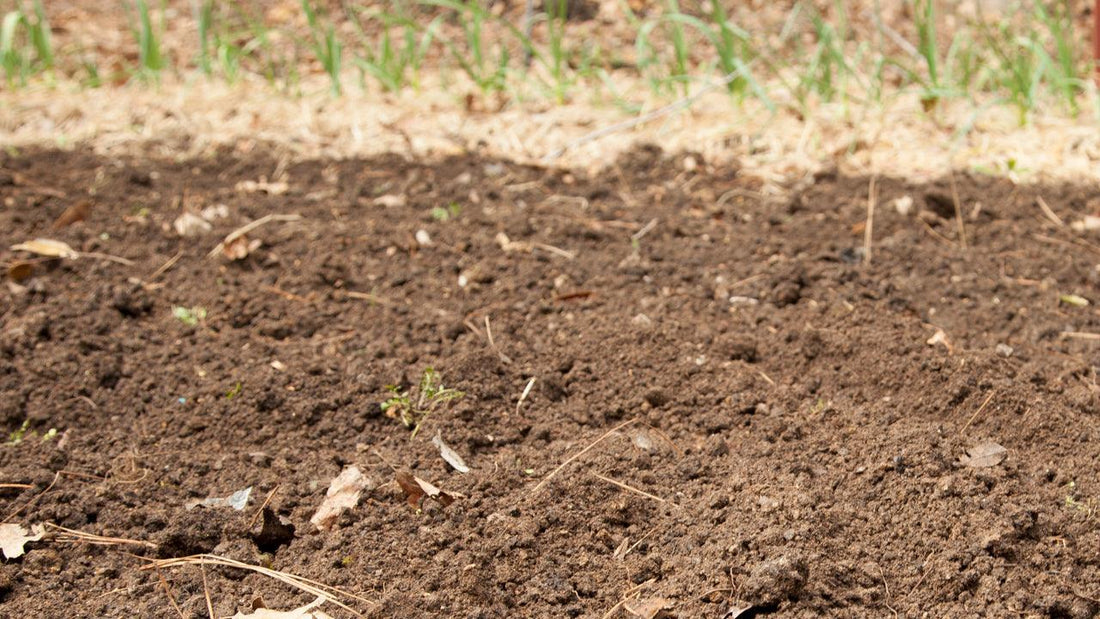Healthy soil is the foundation of a thriving garden, and while nutrients like nitrogen, phosphorus, and potassium often take center stage, soil pH plays a critical role in plant growth and soil health. The pH of your soil affects nutrient availability, microbial activity, and overall plant performance. Here, we’ll break down the science of soil pH, its impact on your garden, and how to manage it effectively for optimal results.
What is Soil pH?
Soil pH measures the acidity or alkalinity of the soil on a scale from 0 to 14, with 7.0 being neutral.
- Acidic Soil: pH below 7.0 (commonly referred to as “sour soil”).
- Alkaline Soil: pH above 7.0 (also called “sweet soil”).
Chemically, pH reflects the concentration of free hydrogen ions (H+) in the soil. Higher concentrations of H+ result in lower, more acidic pH values, while lower concentrations result in higher, more alkaline pH values.
Why Soil pH Matters
Soil pH has a significant impact on:
 1. Nutrient Availability
1. Nutrient Availability
Soil pH determines the availability of essential nutrients. At suboptimal pH levels, nutrients may become chemically bound and unavailable to plants, even if they are present in sufficient quantities.
- Acidic Soils: Often deficient in calcium, magnesium, and molybdenum.
- Alkaline Soils: Frequently lack iron, copper, zinc, and boron.
For example, hydrangeas display different bloom colors based on soil pH due to the availability of aluminum—a nutrient influenced by acidity.
2. Microbial Activity
Beneficial microorganisms in the soil, such as mycorrhizae and beneficial bacteria, thrive within specific pH ranges. These microbes are crucial for breaking down organic matter and making nutrients available to plants.
- Nitrogen-Fixing Bacteria: Prefer a pH range of 6.0 to 6.8, aligning with the needs of legume crops.
- Pathogens: Disease-causing organisms often thrive in soils that are excessively acidic or alkaline, putting stressed plants at greater risk.
3. Plant Health and Growth
Most plants perform best in slightly acidic soil with a pH around 6.5 to 6.8. Some plants, like blueberries and azaleas, thrive in highly acidic soil (pH 4.1 to 5.0), while others, like mock orange and chicory, tolerate more alkaline conditions.
Factors That Influence Soil pH
The pH of your soil is not static—it changes naturally due to environmental factors and garden activities:
- Decomposition of Organic Matter: Releases hydrogen ions (H+), lowering pH and increasing acidity.
- Rainwater: Can wash away alkaline minerals, making soil more acidic over time.
- Root Respiration: Produces carbon dioxide, which reacts with water to form carbonic acid, further reducing pH.
While organic matter helps buffer soil against extreme pH swings, this buffering capacity can make it challenging to adjust soil pH quickly.
Testing Your Soil pH
Before making any adjustments, it’s essential to know your soil’s current pH.
- Use a soil testing kit or send a sample to a local extension service for accurate results.
- Test soil from different areas of your garden, as pH can vary depending on location and previous amendments.
Adjusting Soil pH
If your soil’s pH is outside the optimal range for your plants, you can amend it using specific materials.
Raising Soil pH (To Reduce Acidity)
Add alkaline amendments such as:
- Limestone: A common choice that also adds calcium.
- Dolomite: Provides both calcium and magnesium.
- Oystershell: An organic alternative.
Lowering Soil pH (To Increase Acidity)
Add acidic amendments such as:
- Soil sulfur: Effective for making soils more acidic.
- Cottonseed meal: An organic option for acid-loving plants.
- Acid-lovers mix: Specially formulated blends for plants like blueberries.
Tips for Adjusting Soil pH
- Make Changes Gradually: Adjust pH over time to avoid harming beneficial microorganisms.
- Follow Package Guidelines: Application rates vary based on soil type and pH goals.
- Re-Test Regularly: Monitor soil pH after amendments to ensure you’ve reached the desired range.
- Use Organic Matter: Adding compost improves soil health and stabilizes pH fluctuations.
Plants for Varied pH Ranges
If adjusting soil pH isn’t feasible, consider planting species suited to your soil’s natural pH.
- Acid-Loving Plants: Blueberries, azaleas, rhododendrons, and ferns.
- Neutral pH Tolerant Plants: Potatoes, hydrangeas, and beans.
- Alkaline-Tolerant Plants: Chicory, locust trees, and serviceberry.
Maintaining Balanced Soil pH
Balanced soil pH supports healthy plants, thriving microorganisms, and efficient nutrient cycling. To maintain optimal pH:
- Incorporate organic matter like compost to buffer soil and prevent rapid pH swings.
- Rotate crops to balance nutrient depletion and pH shifts.
- Avoid over-fertilizing, as excessive nitrogen can lead to acidification.
Final Thoughts
Understanding and managing soil pH is a cornerstone of successful gardening. By knowing your soil’s current pH, you can make informed decisions about amendments, choose the right plants, and create an environment where both plants and microorganisms thrive. Whether you’re growing blueberries in acidic soil or balancing pH for a vegetable garden, maintaining the right pH will lead to healthier, more productive plants.
Take the time to test your soil and make gradual adjustments as needed. With a little effort, you’ll enjoy a thriving garden that reflects the perfect harmony between soil chemistry and plant needs.
✨ Resource Area:
Ensure Delivery Accuracy
Track and verify your seed or garden supply delivery to start strong:
- Seed Delivery Tips for Success – Learn how to inspect, store, and handle your package upon arrival.
- Track Your Order – Check real-time status and ensure your garden supplies are en route without delays.
Test Soil Properly at Home
From sampling to interpreting pH results, this video makes soil testing clear and actionable:
- How to Test Soil – Covers soil sampling tips, pH meter techniques, and interpreting results.
- LaMotte Soil Test Kit: Complete Guide – Reinforces best practices for reliable pH measurements.
- How to Calibrate the Oakton Instruments pH Testr – Demonstrates how to prep and calibrate handheld pH testers at home.




2 comments
Jayne- your soil pH should be between 6.0 and 6.8.
So what is the perfect ph Balance for Sweet Corn!? Thanks for your Reply.